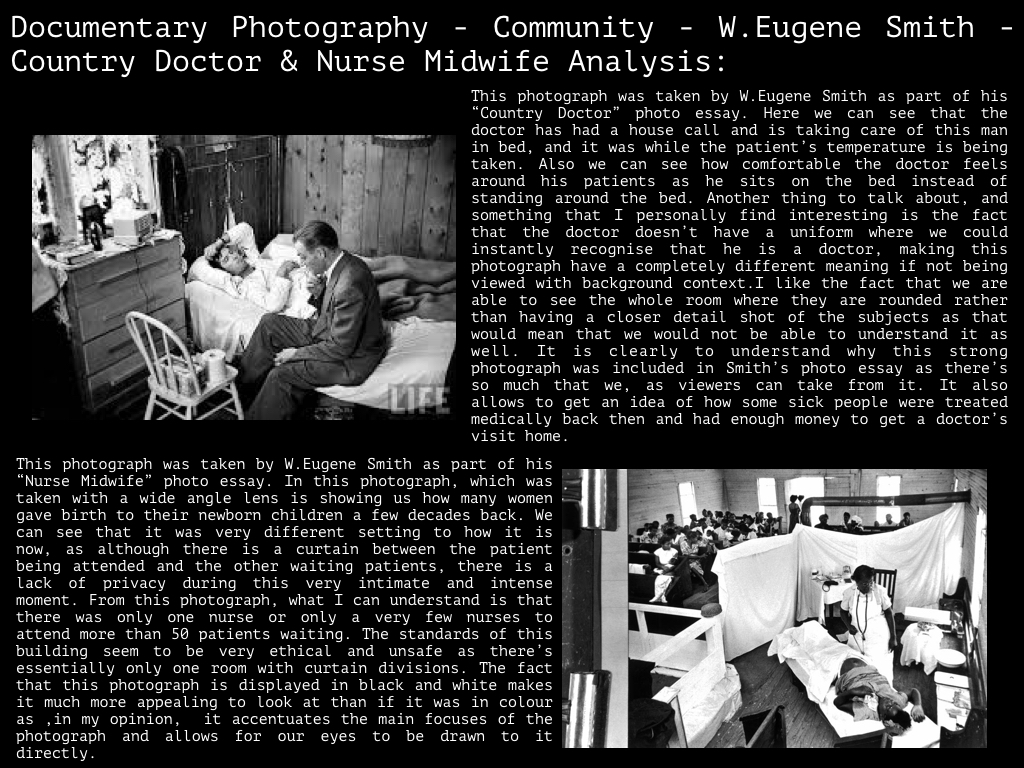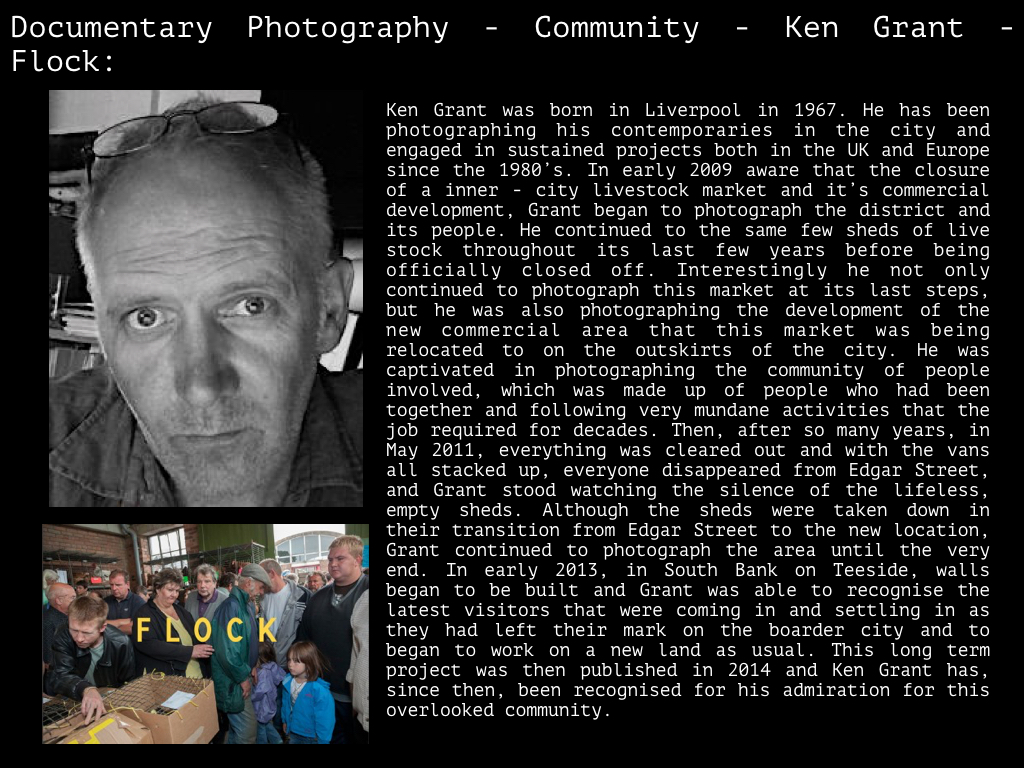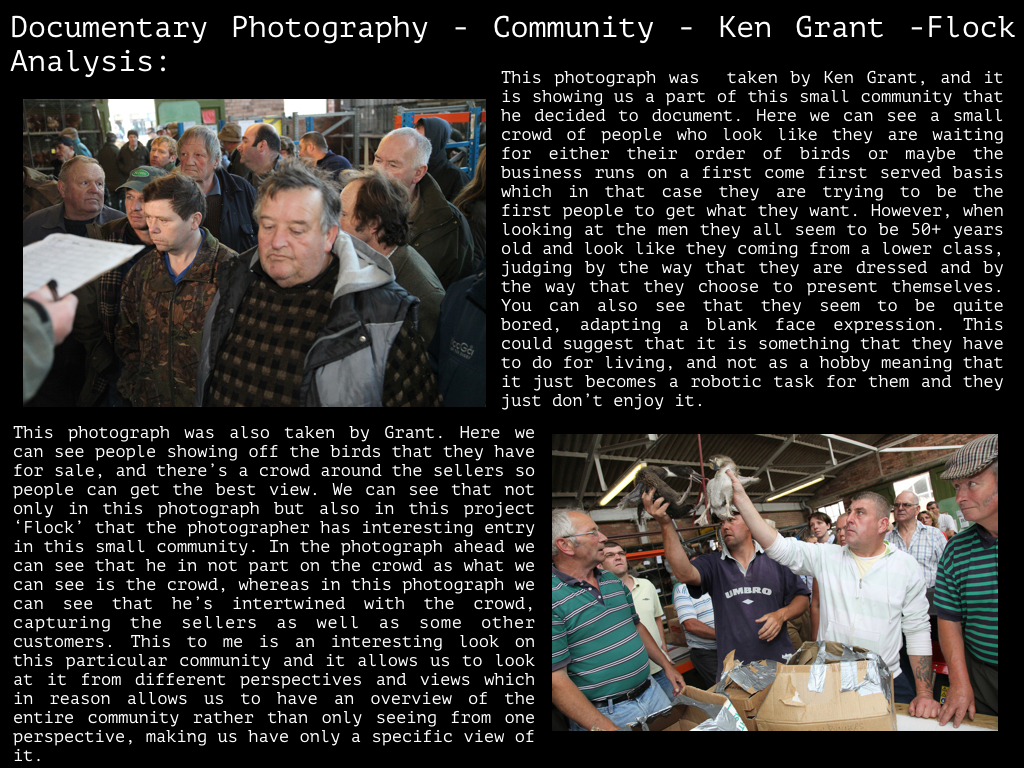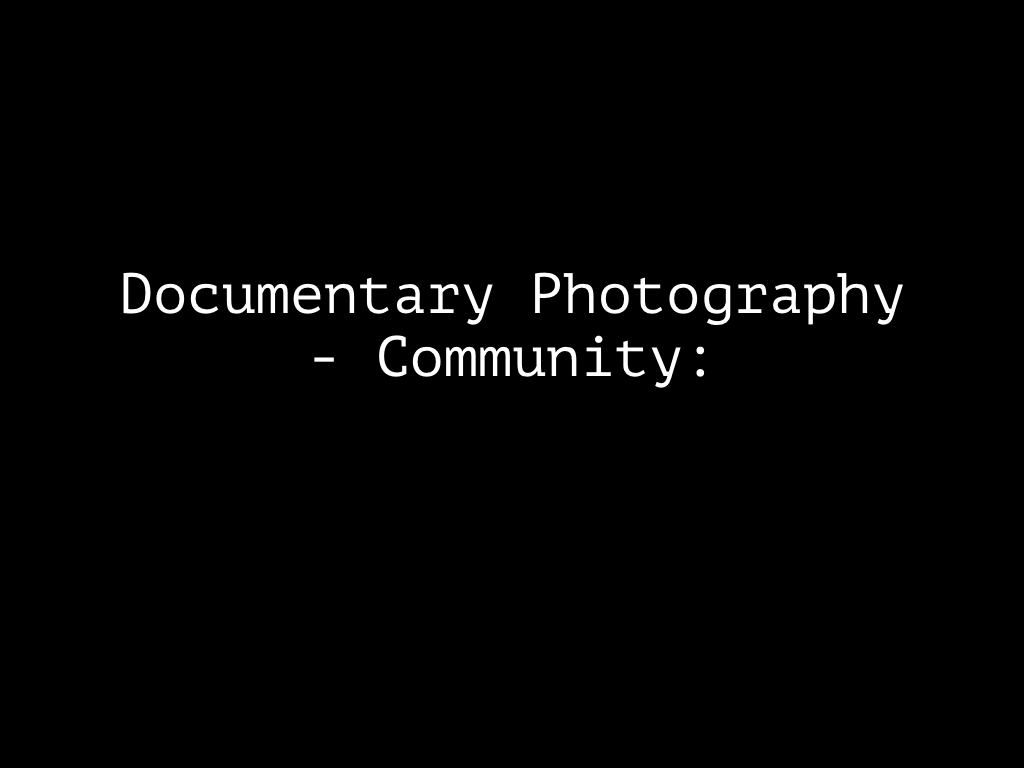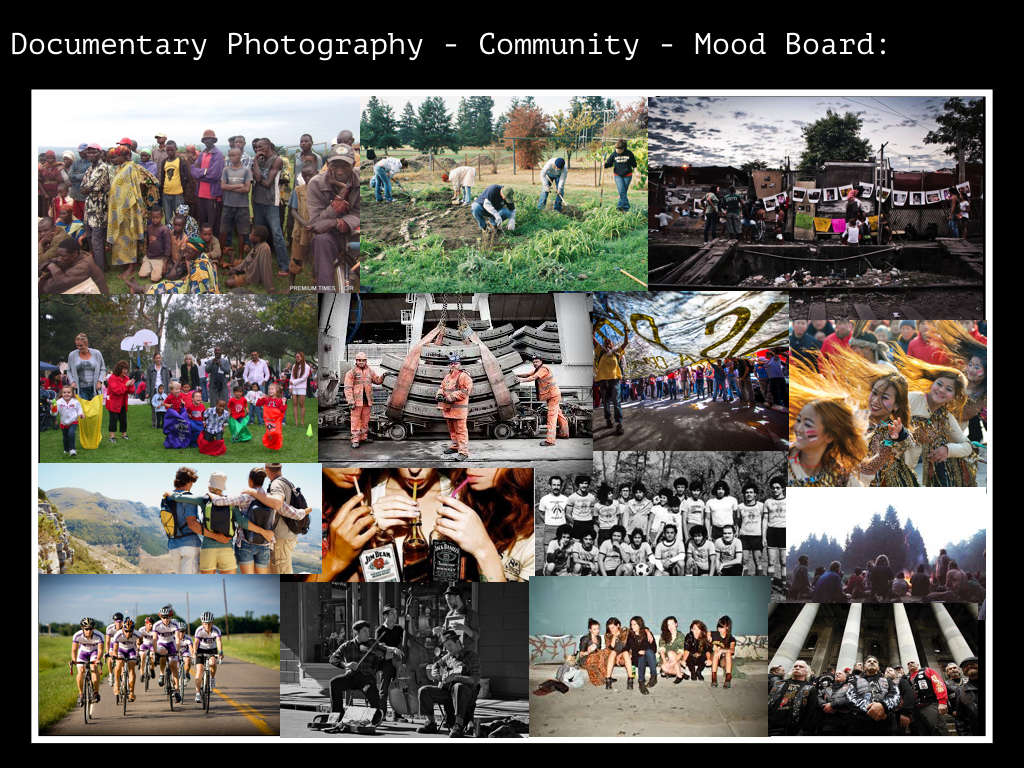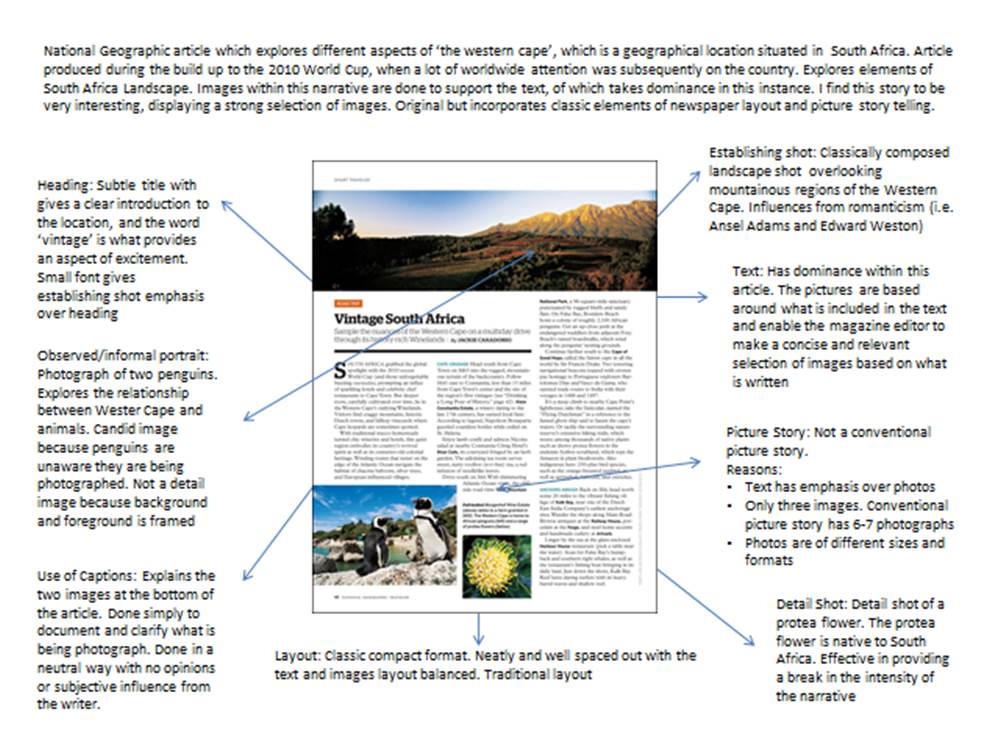DOCUMENTARY PHOTOGRAPHY – COMMUNITY – ARTIST:
DOCUMENTARY PHOTOGRAPHY – COMMUNITY:

I found my father living on the street
Diana Kim has spent the past 12 years photographing people living on the streets of Hawaii. But her project to humanise homelessness suddenly became very personal when her own father ended up living rough. Kim, a law student, explains how, in an effort to save him, she turned her camera on him.
This is her story
http://www.bbc.co.uk/news/magazine-34420194
Here is an interview with Diana Kim
http://www.bbc.co.uk/programmes/p034jmfg
Link to her blog: http://homelessparadise.com/
Vernacular Photography
Background and History
Vernacular Photography is a style of photography which appears ‘amateur’, but done so in a well considered way by the photographer. Vernacular photographers deliberately attempt to photograph subjects and landscape in a ‘snap-shot’ style manner, whilst deliberately altering the white balance of the image to give in an old retro feel.
The avant-garde art movement of the 20th century, began to recognize the context of art oppose to merely its aesthetics form. This started to change the way individuals viewed art. Avant-garde is a movement which has inspired a range of art movements throughout the 20th century – including surrealism, dadaism and pop-art, as well as art movements in the early 21st century including ‘brit-art’. Avant-gardve as an artistic form is controversial because it constantly tested how society views what art is.
Classic landscape photographers such as Edward Weston and Ansel Adams made their photographs based on the concept of formalism which was linked to the romanticism movement. Their images were all based on good form and composition. Weston’s intricate close-ups and Adams stunning and inspiring landscape shots, helped to set the bench-mark for photography and defined what made a good photograph. Photographers such as William Klein, who produced grainy, blurred images of 1950s New York, began to re-define what photography was. As society slowly became used to the concept of photography as something much more than pretty, romanticized images, avant-garde photographers began to test this definition more and more, which photographers such as Stephen Shore and William Eggleston, pioneering a completely new style of landscape photography, ‘new topography’.
Although Vernacular photography as a concept has existed since 1940s, it is often a very undervalued and under appreciated artistic style. It has inspired the work off many revolutionary photographers such as Walker Evans. In 1996, the work of Richard Billingham in ‘Ray’s a Laugh’ began to recognition of vernacular photography as a serious form of art in its own right. The photographs in Billingham’s book consist of snap-shot styled images. The actual form and composition of the images are terrible, however they reflect such a deep and personal story in a way which is dark and authentic. It was Billingham’s work in which people started to take seriously the concept of ‘vernacular photography’.
What actually is vernacular photography?
Vernacular photography is any type of photography which is considered to be amateurism, whether through intent or by accident. Family snap-shot taken by amateur photographers are considered the most popular form of vernacular photography, and the retro style of these shots is what has inspired the format. It is very difficult for a trained photographer to take vernacular styled image but it requires a complete dismissal of form and composition. Taking a powerful and well consider vernacular photograph is therefore extremely difficult to achieve.
The style of vernacular photograph are very snapshot styled. The color balance of the photographs are often made to look ‘greenish’ as they would with old Polaroid snap. Motion blur is also a common theme of this type of photography.



Inspiration
I first became interested in the concept of venacular photography through looking at some of my music album covers. The covers of the Stereophonic’s ‘You Gotta Go There to Come Back’, Oaisis’s ‘Heathen Chemistry’ and Jake Bugg’s self titled ‘Jake Bugg’, all use vernacular styled images.

I have looked at the work of Richard Billigham (Ray’s a Laugh), Martin Parr (Think of England) and Tom Hunter (Le Crowbar). Here are a few images from Tom Hunter’s series ‘Le Crowbar’.


Reflection
For the start of this project I have started to explore Vernacular photography in my own work. I felt this style was interesting to explore. For this project I want to create subtle form of vernacular images, meaning that the images I create will be classically composed images with considered lighting and form, however I will incorporate vernacular techniques to give my images a slight ‘edge’, making them more interesting then just simply classically composed ‘clean’ looking images.
Picture Story: Analysis and Deconstruction
GRANDPARENTS PHOTOSHOOT
PICTURE STORY – MOOD BOARD
Picture Story: Mood Board Layout
Grandparent’s Family Archive
I have been looking through my grandparents archive photographs and have chosen a few which are my favourite.
This is my Grandad as a young boy.
and my Grandma as a young Girl.
This is my Granpa’s parents, Fredrick and Doris.
This is my Grandma’s parents, Ted and Claris.
This is my Grandpa when he was around 20 years old. He was at teachers training college.
A portrait of my Grandma when she was around 18 years old. This is my Grandpa’s favourite image of my Grandma as a young lady and he kept this image with him when he was in Jersey and my Grandma was in Wales.
These three final images are of my Grandpa’s several activities from over the years. Consisting of singing competitions and rugby.
This is my Grandparents family photograph; their three sons and themselves.
The three sons.



